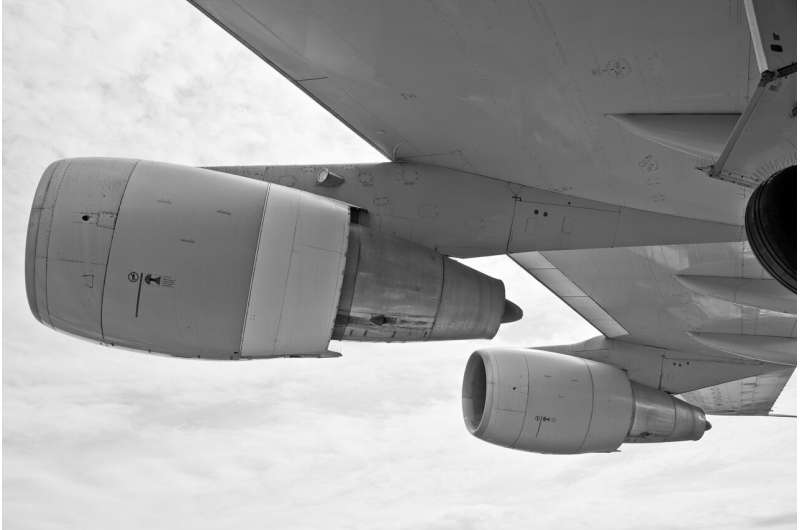Studying atomic structure of aluminum alloys for manufacturing modern aircraft

Researchers from the Belgorod State University (BSU) and the Skolkovo Institute of Science and Technology (Skoltech) studied aluminum alloys at the atomic level and found patterns that will help improve their structure. The findings will be useful for developing new alloys for modern aircraft.
According to Marat Gazizov, senior researcher at the BSU Laboratory of Mechanical Properties of Nanostructured and Heat-Resistant Materials, the study focused on the Al-Cu-Mg-Ag system used for the wing and fuselage skin. The aluminum alloys used in aircraft structures have a wealth of advantages, such as small weight and resistance to wear and fracture at elevated temperatures, as well as cyclic and shock loads.
"Aluminum is combined with copper (Cu), magnesium (Mg), silver (Ag) and some other elements to achieve the desired properties. This process called alloying can significantly enhance the strength of the material treated by specific thermal or thermomechanical methods," Marat Gazizov explains.
Al-Cu-Mg-Ag alloying helps obtain high heat resistance alloys, but according to the project lead, the evolution of the alloy's structure and mechanical properties in various thermal or thermomechanical treatment modes and operating conditions is still not well understood, which explains the choice of topic for this study.
Marat Gazizov adds that the alloys are used as a structural material for parts and assemblies exposed to elevated temperatures, which calls for a unique combination of strength, fracture toughness, and high fatigue crack growth resistance.
"These days, computer simulation is no longer viewed as a 'magic wand' and is commonly used to study atomic-level effects. While experimenting with the heat-resistant aluminum alloy containing very small quantities of copper, magnesium and silver, we observed the formation of dispersed particles with a thickness of only a few nanometers which make the alloy much stronger despite their small size. In addition, the particles turned out to be coherent and fit well into the aluminum matrix, like pieces of a puzzle, although with slight distortions in their atomic structure. Also, we found that the particles' structure and, therefore, the heat-treated alloy's mechanical behavior change according to a certain pattern," Anton Boev, a research scientist at Skoltech, notes.
The study, published in the journal Materials Characterization, enhances the understanding of the unique mechanical properties and structure of aluminum alloys. The combination of mechanical properties obtained by the team will help extend the lifetime of aircraft structures made from these materials.
More information: M. R. Gazizov et al, Edge interfaces of the Ω plates in a peak-aged Al-Cu-Mg-Ag alloy, Materials Characterization (2022). DOI: 10.1016/j.matchar.2022.111747
Provided by Skolkovo Institute of Science and Technology





















